- Home
- About Us
- Products
-
Heat-Pump Dehumidifier DeAir
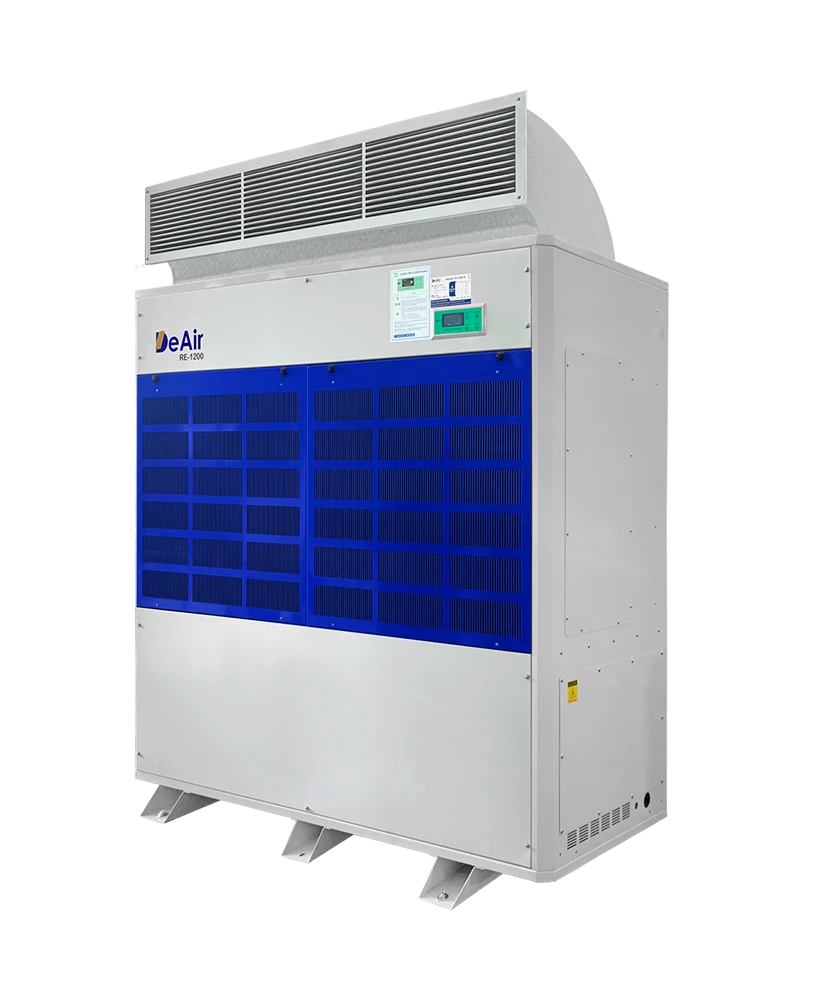 DeAir.RE
DeAir.RE -
Heat-Pump Dryer DeAir.RE-H
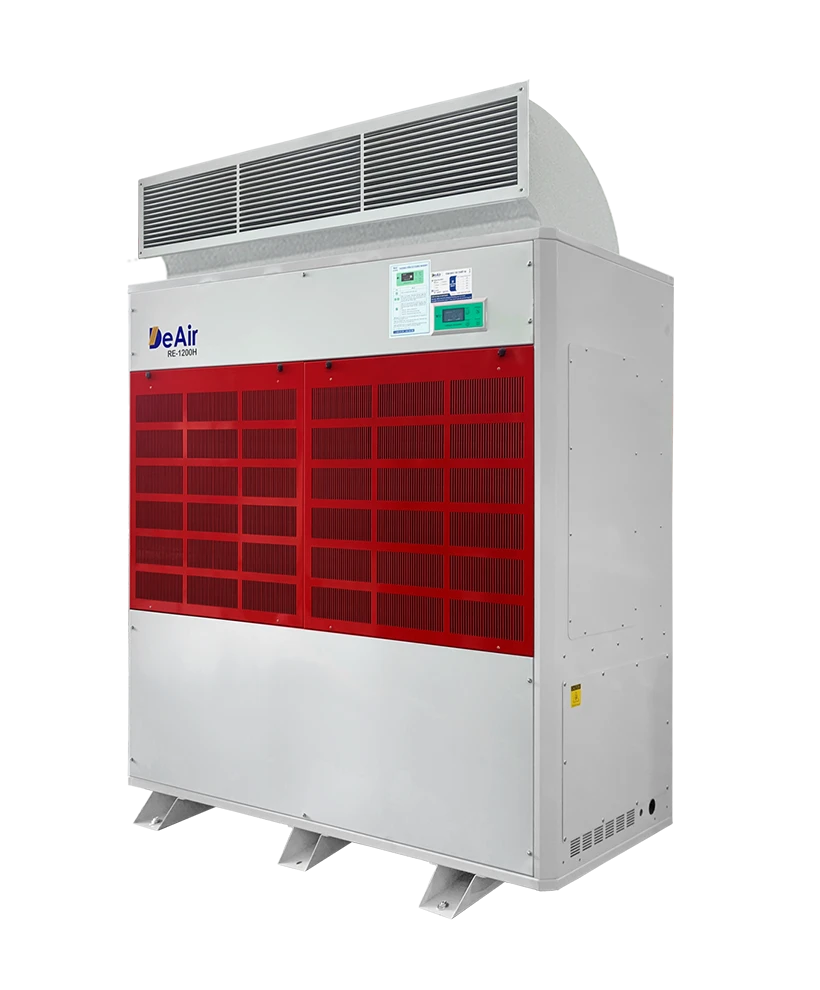 DeAir.RE-H
DeAir.RE-H -
Heat-Pump Stainless Steel Dehumidifier
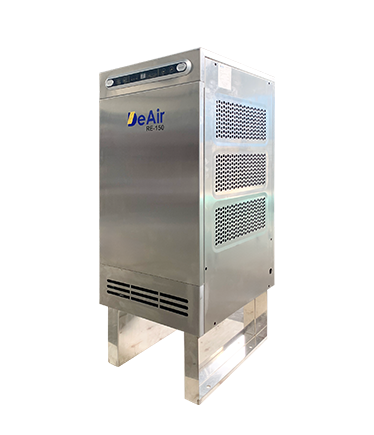 DeAir.RE-INOX
DeAir.RE-INOX -
Heat-Pump Isothermal Dehumidifier DeAir.CRE
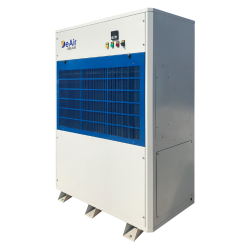 DeAir.CRE
DeAir.CRE -
Dezenno Dehumidifier
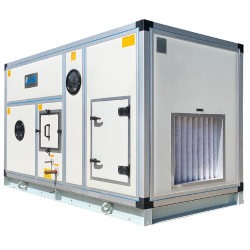 Dezenno
Dezenno -
Heat-Pump Ceiling Mounted Dehumidifier DeAir
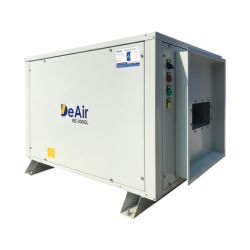 DeAir.RE-CL
DeAir.RE-CL -
Dehumidifier Olmas
 Olmas-OS
Olmas-OS -
Industrial Humidifier DeAir
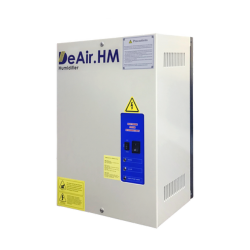 DeAir.HM
DeAir.HM -
Heat-Pump Dryer Daxwell
 Daxwell
Daxwell -
Electric Duct Heater DeAir
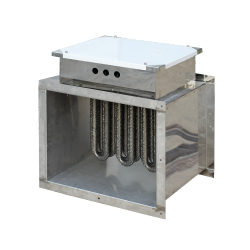 DeAir.Heat
DeAir.Heat -
Air Handling Unit Dezenno.MAX
 AHU
AHU
-
- Services
- Projects
- Warranty – Maintenance
- News
- Contact
Elevating Vietnamese Rattan & Bamboo: DeAir's Comprehensive Humidity Solution - The Key to Conquering International Markets
19/08/2025
1. Vietnamese Rattan & Bamboo: A Century-Old Heritage and Potential for Global Reach
The craft of rattan and bamboo weaving is a traditional craft, a profound symbol of the cultural values and skill of the Vietnamese people for hundreds of years. From simple household items like baskets and trays, renowned craft villages such as Phu Vinh (Hanoi) with its masterful "interlacing" technique, or Ngoc Dong (Ha Nam), have elevated rattan and bamboo into exquisite works of art, becoming sought-after export items worldwide.
Outstanding Features of Vietnamese Rattan & Bamboo Products
🌿
Natural Materials
Mainly from durable bamboo outer layers and natural rattan fibers, processed through multiple stages to enhance flexibility.
🖐️
Exquisite Techniques
A complex production process requiring high skill, from material selection and splitting fibers to diverse weaving techniques.
🎨
High Aesthetic Value
Eco-friendly products that strongly reflect the natural essence and traditional culture of Vietnam.
However, to turn the enormous potential with an export turnover target of $4 billion by 2025 into reality, the industry must overcome its biggest hurdle: inconsistent quality and the problem of mold and termites.

2. Export Market Analysis: Golden Opportunities and 5 Major Hurdles
The appeal of Vietnamese rattan and bamboo products on the international market is undeniable, but businesses also face numerous challenges.
Map of Vietnam's Rattan & Bamboo Export Markets
Source: General Statistics Office, July 2025 Import and export data for the months of 2025 – General Statistics Office of Vietnam
Share of key export markets:
5 Major Hurdles of the Rattan & Bamboo Export Industry
📜
Certification & Quality
Inconsistent quality makes it difficult to meet international certifications.
🏭
Outdated Technology
Many workshops lack investment in modern technology, leading to low productivity.
🎋
Raw Materials
Unstable supply and spontaneous exploitation lead to shortages.
👥
Labor Force
Low income and a lack of skilled young workers to succeed the older generation.
🌏
Competition
Fierce competition from international rivals and cheap synthetic alternatives.
Among these, the core issue causing quality instability and hindering compliance with international standards is the processing and preservation process that depends on the weather, especially humidity control.
3. DeAir's Comprehensive Humidity Control Process: A Technological Solution for Every Stage
DeAir provides not just a machine, but a closed-loop technological process to solve the problem at its root, giving businesses complete control over quality.
3.1. Stage 1: Proactive Raw Material Drying - The Foundation of Mold Prevention
Problem: Traditional methods like sun-drying and smoking do not guarantee uniform dryness and are impossible during the rainy season, causing production delays.
DeAir Solution: Use the Daxwell Heat Pump Dryer and DeAir.RE-H.
Benefit: This technology allows for proactive drying of raw materials, independent of the weather. The low-temperature drying process ensures that the rattan and bamboo fibers dry evenly from the inside out, preserving their natural color and flexibility. This is the most crucial step to eliminate residual moisture and eradicate the source of mold and termites from within.

3.2. Stage 2: Storing Semi-Finished & Finished Products - An Absolutely Safe Environment
Problem: After weaving, products can still reabsorb moisture from the air while waiting for finishing or during storage, rendering the initial drying effort useless.
DeAir Solution: Equip storage areas with DeAir.RE Industrial Dehumidifiers or Olmas units.
Benefit: This creates a "safe zone" with consistently controlled low humidity (below 55% RH), completely preventing mold growth during storage and ensuring products are perfectly safe before shipment.
3.3. Stage 3: Finishing & Export Packaging - The Final Checkpoint
Problem: Products must be absolutely dry before being packed into cardboard boxes and shipping containers to withstand long sea voyages.
DeAir Solution: Establish a "conditioning room" or a packaging area with strict humidity control using a DeAir dehumidifier, ensuring products meet the standard dryness level right before being sealed.
4. In-depth Guide to Preserving & Cleaning Rattan and Bamboo Products
To ensure products reach the end consumer while retaining their beauty and durability, providing proper care instructions is essential.
DOs & DON'Ts of Rattan and Bamboo Care
✅ DOs
- Place in a dry, well-ventilated area.
- Sun-dry gently periodically to disinfect.
- Clean with a soft, damp cloth.
- Apply a protective coat (PU, varnish) every 6-12 months.
❌ DON'Ts
- Place in damp areas or near water.
- Expose to direct, harsh sunlight.
- Use strong chemical detergents.
- Pour water directly onto the product.
5. DeAir - Partnering with Vietnamese Rattan & Bamboo Brands to Go Global
For Vietnam's rattan and bamboo industry to develop sustainably and meet the export standards for handicrafts, investing in humidity control technology is an essential step. DeAir is proud to be a pioneer, providing "Made in Vietnam" solutions that meet international standards, partnering with artisans and businesses to solve quality challenges and enhance product value.
CONTACT US FOR CONSULTATION AND A QUOTE
DeAir's team of experts is ready to survey your site and provide the most optimal and cost-effective humidity control solution for your needs.
DEAIR JOINT STOCK COMPANY
Email: operation@deair.com.vn
Hotline: 0925 977 579 (Ms. Tâm) | 0914 205 850 (Ms. Hòa)
Website: deair.com.vn/en
Sign up for news from DeAir
Related news






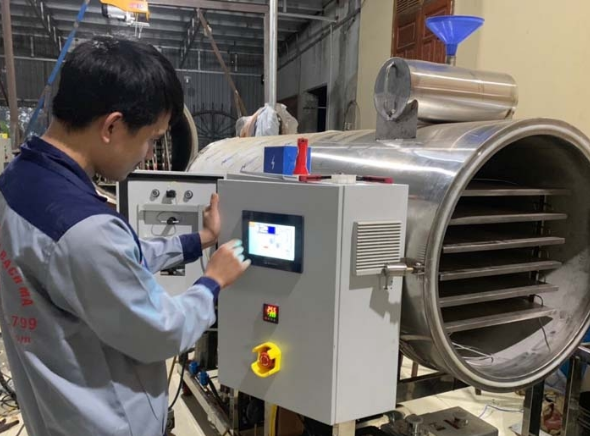


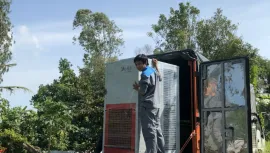
![[Case Study] DeAir Installs DeAir.De Rotor Humidity Control System for Pharmaceutical Plant in Binh Duong [Case Study] DeAir Installs DeAir.De Rotor Humidity Control System for Pharmaceutical Plant in Binh Duong](https://deair.com.vn/thumbs/news/2023_04/ban_giao_may_cho_duoc_bd/[270x153-cr]image1-1024x772.jpg__cv.webp)
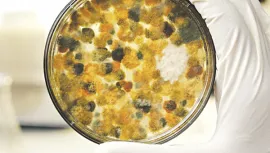
![[Review & Guide] Olmas OS-300: The New Humidity Control "Warrior" for Medium to Large Warehouses [Review & Guide] Olmas OS-300: The New Humidity Control "Warrior" for Medium to Large Warehouses](https://deair.com.vn/thumbs/news/huong_dan_su_dung_may_olmas_21/[270x153-cr]vtm06440.png)